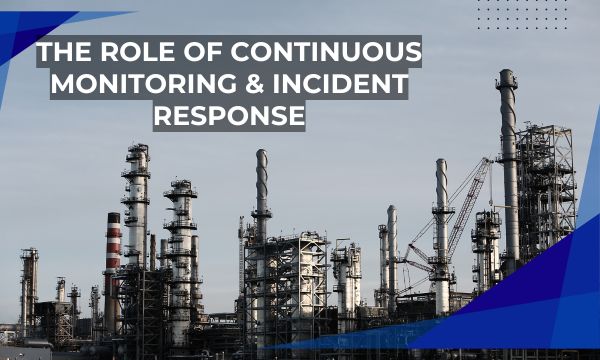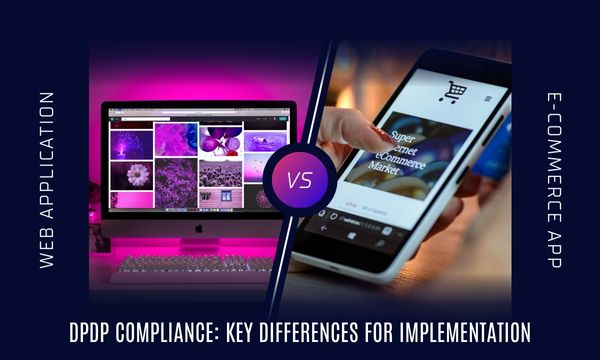
Can your manufacturing operation withstand the onslaught of a sophisticated cyberattack? In today's highly interconnected industrial landscape, the frequency and sophistication of cyber threats are escalating alarmingly. In 2023, ransomware crippled 66% of organizations, and IoT malware attacks skyrocketed by 400%, making the manufacturing sector the most targeted globally (Deloitte United States) (IBM - United States). These numbers are not just statistics; they represent real threats with the potential to bring entire manufacturing processes to a standstill, leading to massive financial losses and irreparable damage to reputations.
With its intricate supply chains and dependence on operational technology (OT), the manufacturing industry is particularly vulnerable. Cyberattacks on manufacturing not only disrupt production but also compromise intellectual property, endanger worker safety, and can even have national security implications. As the cyber threat landscape evolves, the need for robust cybersecurity measures has never been more critical. This blog explores how continuous monitoring and incident response can provide the necessary defence mechanisms to protect manufacturing operations from these pervasive threats.
The Power of Continuous Monitoring
1. Real-Time Threat Detection
How quickly can your organization detect a cyber threat?
Continuous monitoring employs advanced tools to scan networks, systems, and endpoints in real time. This immediate detection capability is crucial, especially when considering the 71% year-over-year increase in cyberattacks using stolen credentials in 2024. By identifying anomalies and suspicious activities instantly, continuous monitoring prevents potential breaches from escalating into full-blown crises.
2. Comprehensive Visibility
Do you have a clear view of your IT and OT environments?
Continuous monitoring provides comprehensive visibility, allowing manufacturers to identify vulnerabilities and weaknesses that could be exploited. The Deloitte Cybersecurity Threat Trends Report 2024 revealed that 44.7% of data breaches involved the abuse of valid credentials. With a holistic view of network activities, organizations can address security gaps promptly and efficiently.
3. Proactive Threat Hunting
Are you waiting for threats to find you, or are you finding them first?
Continuous monitoring tools often include proactive threat-hunting capabilities, enabling cybersecurity teams to search for hidden threats actively. This approach is essential for identifying and mitigating advanced persistent threats (APTs) that can remain undetected for extended periods. With malware increasingly designed to steal information rather than encrypt it for extortion, proactive threat hunting is vital.
Incident Response: The Key to Rapid Recovery
1. Rapid Response and Mitigation
How quickly can you contain a cyber threat?
An effective incident response plan ensures immediate action to contain and mitigate the impact of detected threats. This rapid response is crucial for minimizing downtime and financial losses. According to West Monroe's 2024 Outlook on the Manufacturing Industry, quick incident response significantly enhances supply chain resiliency and operational continuity.
2. Forensic Analysis and Root Cause Identification
Do you understand how breaches occur?
Post-incident, forensic analysis is conducted to determine how the breach happened and to identify the root cause. Understanding the attack vectors and methodologies used is essential for preventing future incidents. This analysis enables manufacturers to strengthen their defences against similar threats.
3. Continuous Improvement
How does your organization learn from incidents?
Incident response is not just about reacting to threats but also learning from them. Each incident provides valuable insights that can improve security measures and update the incident response plan. This continuous improvement loop is critical for staying ahead of evolving cyber threats.
Real-World Applications
1. SIEM Systems
Security Information and Event Management (SIEM) systems, such as IBM QRadar and Splunk, are integral to continuous monitoring. These systems collect and analyze data from various sources in real time, providing alerts for suspicious activities. They offer advanced analytics and threat detection capabilities.
2. Endpoint Detection and Response (EDR)
EDR solutions, like SentinelOne, continuously monitor endpoints for malicious activities. These tools provide visibility into endpoint events and enable quick containment and remediation of threats.
3. Incident Response Platforms
Dedicated incident response platforms, such as Palo Alto Networks Cortex XSOAR, streamline the response process by automating repetitive tasks and providing a centralized platform for managing incidents. These platforms enhance the efficiency and effectiveness of response efforts.
Conclusion
In the rapidly evolving landscape of manufacturing, cybersecurity is no longer a luxury—it’s a necessity. Continuous monitoring and incident response are indispensable components of a robust cybersecurity strategy. By leveraging these advanced technologies, manufacturers can detect threats in real time, respond rapidly, and continuously improve their defences.
The investment in these measures not only protects against current threats but also builds resilience against future attacks, ensuring the security and continuity of manufacturing operations. Don't wait for a cyber crisis to hit—proactively safeguard your manufacturing operations today.



